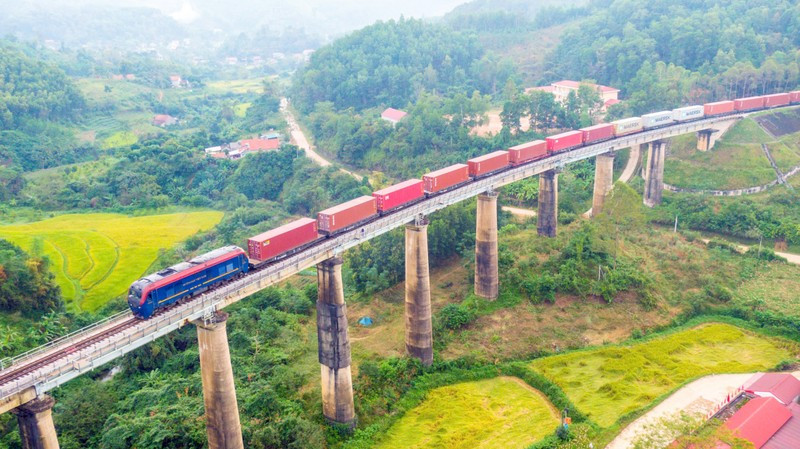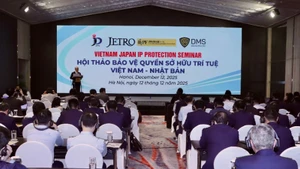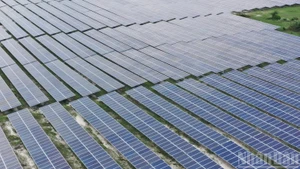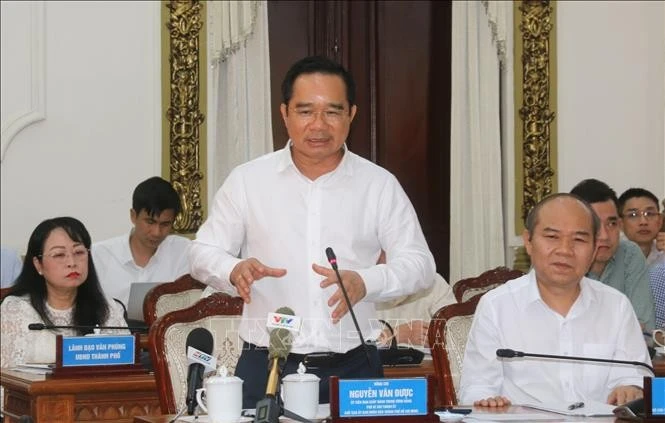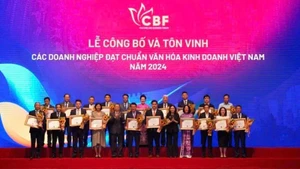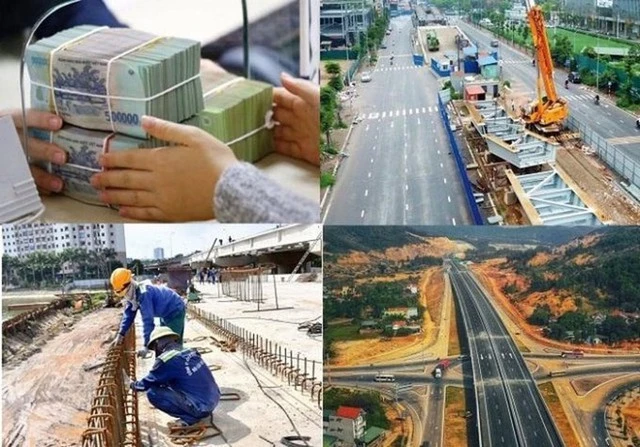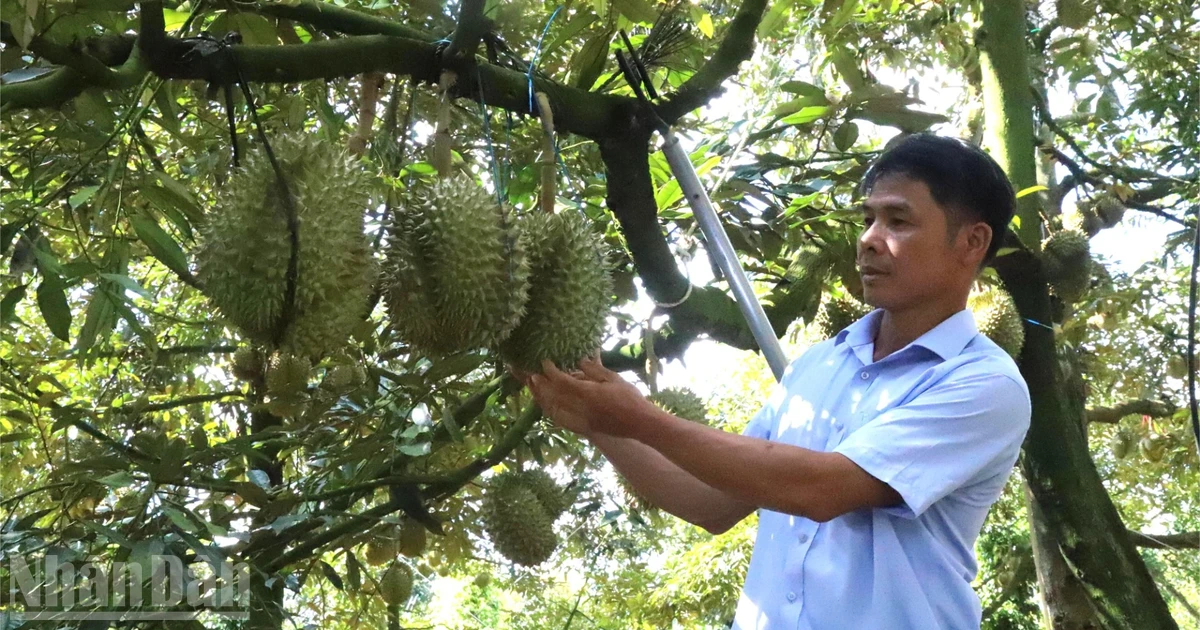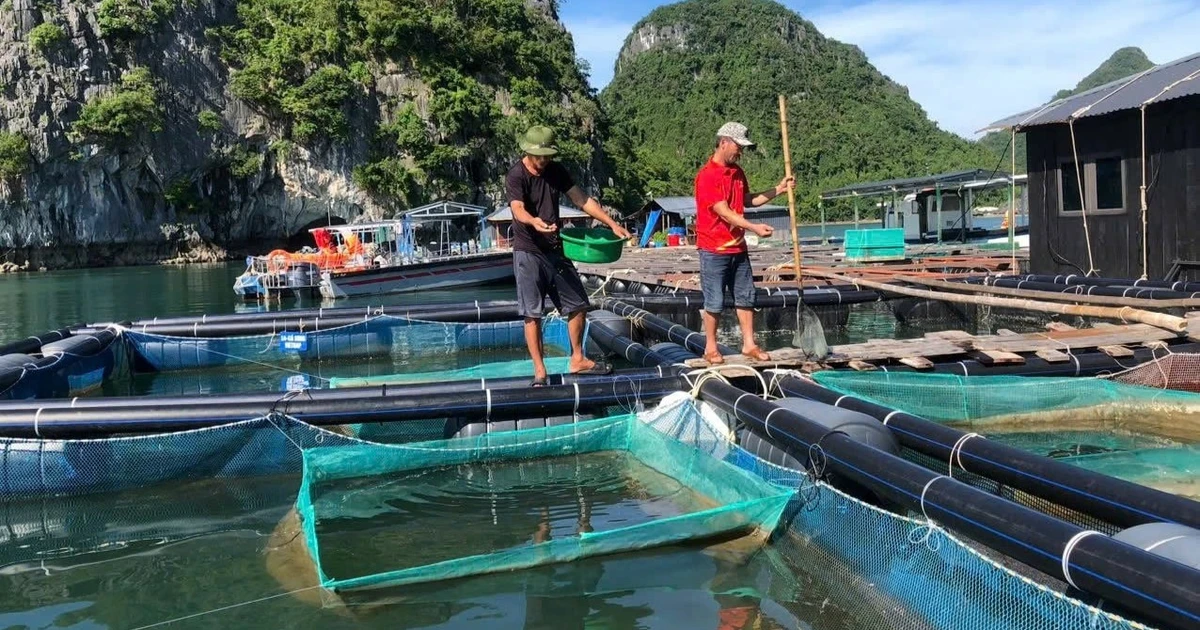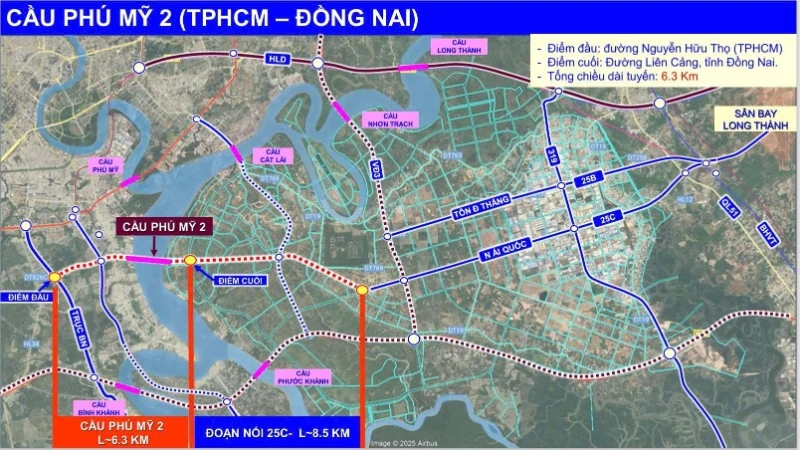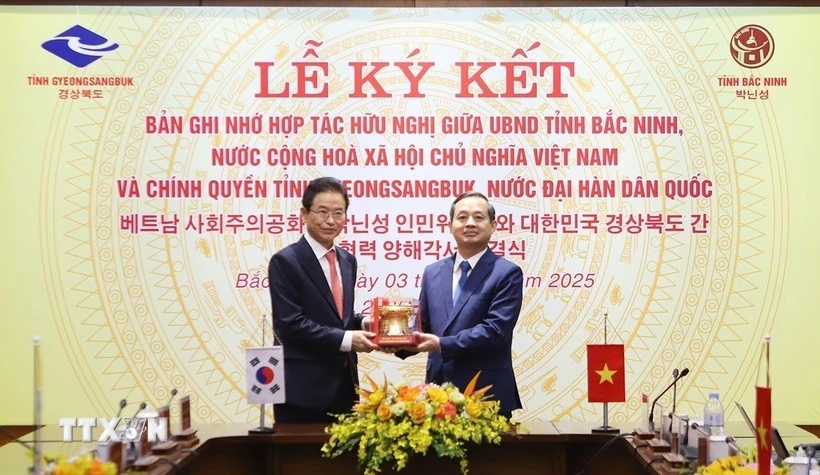Recently, the Ministry of Construction submitted three important resolutions to the National Assembly concerning the North-South high-speed railway, the Lao Cai - Hanoi - Hai Phong Railway, and the development of urban railways in Hanoi and Ho Chi Minh City. Accordingly, construction of the Lao Cai - Hanoi - Hai Phong Railway is expected to commence by the end of 2025, followed by the North-South High-Speed railway in late 2027.
Prioritising domestic contractors
Over the next two years, Vietnam will continuously initiate railway mega-projects. While posing numerous challenges, this is also considered the ripe time to realise the railway dream. After four decades of renovation, Vietnam has accumulated considerable experience in implementing large-scale transportation infrastructure projects. Simultaneously, the robust development of private enterprises in the construction sector provides a solid foundation to partner with the state in the process of developing industry and railway transportation infrastructure.
For the construction component, Chu Van Tuan, Deputy Director of the Ministry of Construction’s Railway Project Management Board, stated that domestic enterprises can handle 90-95% of the construction items. However, large-scale railway projects pose numerous challenges, from complex technology requirements and large investment to financial barriers and experience of contractors. Additionally, the lack of preferential credit mechanisms for construction packages also hinders capital mobilisation.
According to Nguyen Quoc Hiep, Chairman of the Vietnam Association of Construction Consultancy (VACC), the number of domestic enterprises with capital exceeding VND 1,000 billion is still limited. Instead of organising international bidding, authorities could consider direct appointment of contractors while reducing the construction value by 5%, as with the model applied to the North-South Expressway project in 2021-2025.
However, carefully considering the appropriate size of bidding packages to match the capabilities of Vietnamese contractors is needed. For involvement in high-speed railway projects, it is necessary to create conditions for large contractors to play a “leading” role, guiding smaller contractors instead of just linking large enterprises.
The VACC is studying a proposal for the government to consider a direct appointment for transport construction companies to realise the project, with specific mechanisms. A key aspect of this is the consideration of total financial capacity, rather than proportionate allocation. Experience will be evaluated based on previously completed works. Many domestic construction companies are optimistic that railway projects funded by domestic capital will give priority to local contractors.
In addition to direct appointment, Nguyen Quang Dung, Deputy General Director of Deo Ca Group, proposed separating the project into two components. Specifically, the infrastructure construction component from the rails downwards (bridges, roads, and tunnels) should be assigned to domestic enterprises, while the component from the rails upwards (locomotives, carriages, and more) could be implemented by state-owned enterprises, in combination with specialised subcontractors to create opportunities for access, transfer, and mastery of high-speed railway technology.
At a recent seminar, Le Van Duong, Deputy Director of the Ministry of Construction’s State Authority for Construction Quality Inspection, stressed the importance of VACC’s coordination with relevant agencies in proposing an ordering mechanism for large and capable contractors. This would not only ensure a well-planned rollout but also facilitate the engagement of experts and mobilisation of equipment, mirroring successful strategies used in the Republic of Korea, France, and China.
Technology mastery as core element
In proposals submitted to the Politburo, the Ministry of Construction has set an ambitious goal: by 2030, Vietnam will master the survey, design, and construction of railways with speeds less than 160 km per hour, along with urban railway systems. After 2030, the country aims to self-produce software, control systems, power electronics, locomotives, and carriages. To realise this goal, businesses need to assess their capabilities, define strategic orientations, and proactively participate in the market.
Regarding the potential for developing the industry to serve railway projects, Tran Thien Canh, Director of the Vietnam Railway Authority, stated that the railway sector will focus on developing four key industrial groups by 2030. Specifically, the infrastructure group will require approximately 28.7 million meters of rail, 11,680 sets of switches, and 46 million sleepers. The locomotive and carriage group is expected to need 265 locomotives and 1,786 carriages. The information and signalling system group will be upgraded and developed synchronously for both existing railways and electrified railways. The traction power group will invest in 18 electrified railway lines. These orientations not only aim to modernise the railway system but also to promote domestic production, gradually mastering technology and enhancing the competitiveness of Vietnamese enterprises.
Many experts believe that it’s crucial to develop a railway industry roadmap closely linked with the national railway network, ensuring synchronisation and a long-term vision. Currently, major corporations such as Viettel, Hoa Phat, Thaco, and Trung Chinh have all expressed their willingness to participate in the development of this industry and are hoping for supportive mechanisms from the state, including tax incentives, loans, and direct appointment of contractors. In addition, some groups have also proposed that the government should support connections with international partners, human resource training, and technology transfer to promote the sustainable development of the domestic railway industry.
We can learn from the experiences of other countries. Developed countries such as Japan, France, and Germany possess the technological capabilities to independently construct high-speed rail systems. However, China faced a different starting point. Their strategy involved avoiding reliance on a single technology source and instead of integrating technologies from multiple countries like Japan, France, and Canada to create their own proprietary technology. To absorb and master this technology, China required a massive workforce. They mobilised 25 universities, 11 research institutes, and 51 technical research centres to focus on high-speed railway.
Emphasising the importance of proactive development of the railway industry, Nguyen Ngoc Dong, former Deputy Minister of Transport, analysed: “With a population of over 100 million people and an increasingly expanded urban system, Vietnam cannot simply focus on maintenance and repair, it needs to aim at master technology at an appropriate level. We are fully capable of handling many important stages, from producing carriages, signalling systems, and operations to developing components. Some businesses can even engage in in-depth production and assembly processes. The critical factors are judicious policymaking, efficient resource allocation, the precise determination of areas requiring technological independence, and the integration of international technology transfer for sustainable development.”
The draft Railway Law (amended) adds many new regulations to promote the development of the railway industry and human resources. Accordingly, the state budget plays a leading role, combined with attracting investment from all economic sectors. Some railway industrial products will be prioritised for investment according to the list of high technologies. The law also adds criteria for selecting domestic enterprises to carry out research and application of technology and has preferential policies and financial assistance for companies involved in this area.
